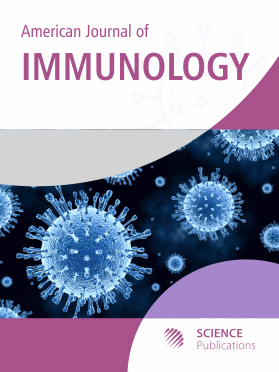Role of Cytokines and Transcription Factors in Periodontitis: A Review of Cellular and Molecular Mechanisms
- 1 University of Brasília, Brazil
- 2 University of Bras�lia, Brazil
- 3 Catholic University of Bras�lia, Brazil
Abstract
Periodontal Diseases (PD) are characterized by pathological manifestation of host immune response to bacterial infection at the tooth/gingival interface. Evidences points periodontitis as a risk factor for pathological systemic conditions, such as, cardiovascular diseases and diabetes. The identification of host factors that determine their susceptibility to immune subversion can provide useful information in the pathogenesis of periodontitis. Protective acute inflammatory response fails to remove inflammatory cells, especially neutrophils, evolving to chronic, destructive and pathological lesions. T and B cells actively participate in pathogenesis of the disease. CD4+ naive T cells are activated by antigenic stimulation and differentiate into subpopulations of distinct effector cells, characterized by its specific cytokine production profiles and functions. In periodontal infection, activated Th17 and regulatory T lymphocytes (Tregs) play antagonistic roles as effector and suppressor cells, respectively. In presence of Tregs, there is a decrease in the levels of pro-inflammatory cytokines, such as, Interferon gamma (IFN-γ), Interleukin (IL) -17, Tumor Necrosis Factor (TNF) and IL-1 β, at sites of disease. Absence of Tregs may cause a variety of disorders, such as, periodontitis. The RANKL/RANK system and Osteoprotegerin (OPG) are modulators of bone resorption in periodontitis. The balance between periodontal bone resorption by osteoclasts and bone formation by osteoblasts controls bone mass. RANKL induces osteoclast differentiation and maturation and OPG inhibits RANK/RANKL interaction and prevents bone resorption. RANKL mRNA and the RANKL/OPG mRNA ratio were enhanced in chronic periodontitis. Furthermore, the role of NF-kB, FoxP3 and T-bet transcription factors were explored. Therapies for periodontitis involving cellular and molecular biology are not specific and have many side effects. Current therapies to successfully control the PD reduces clinical signs of inflammation at local sites of the disease; however, new treatments for periodontitis should address the contribution of immune cells in bone resorption, particularly in the natural course of the disease, considering its periods of remission and progression.
DOI: https://doi.org/10.3844/ajisp.2015.125.138

- 4,268 Views
- 2,534 Downloads
- 0 Citations
Download
Keywords
- Transforming Growth Factor Beta
- T Helper Cell
- Periodontal Diseases
- RANKL/RANK
